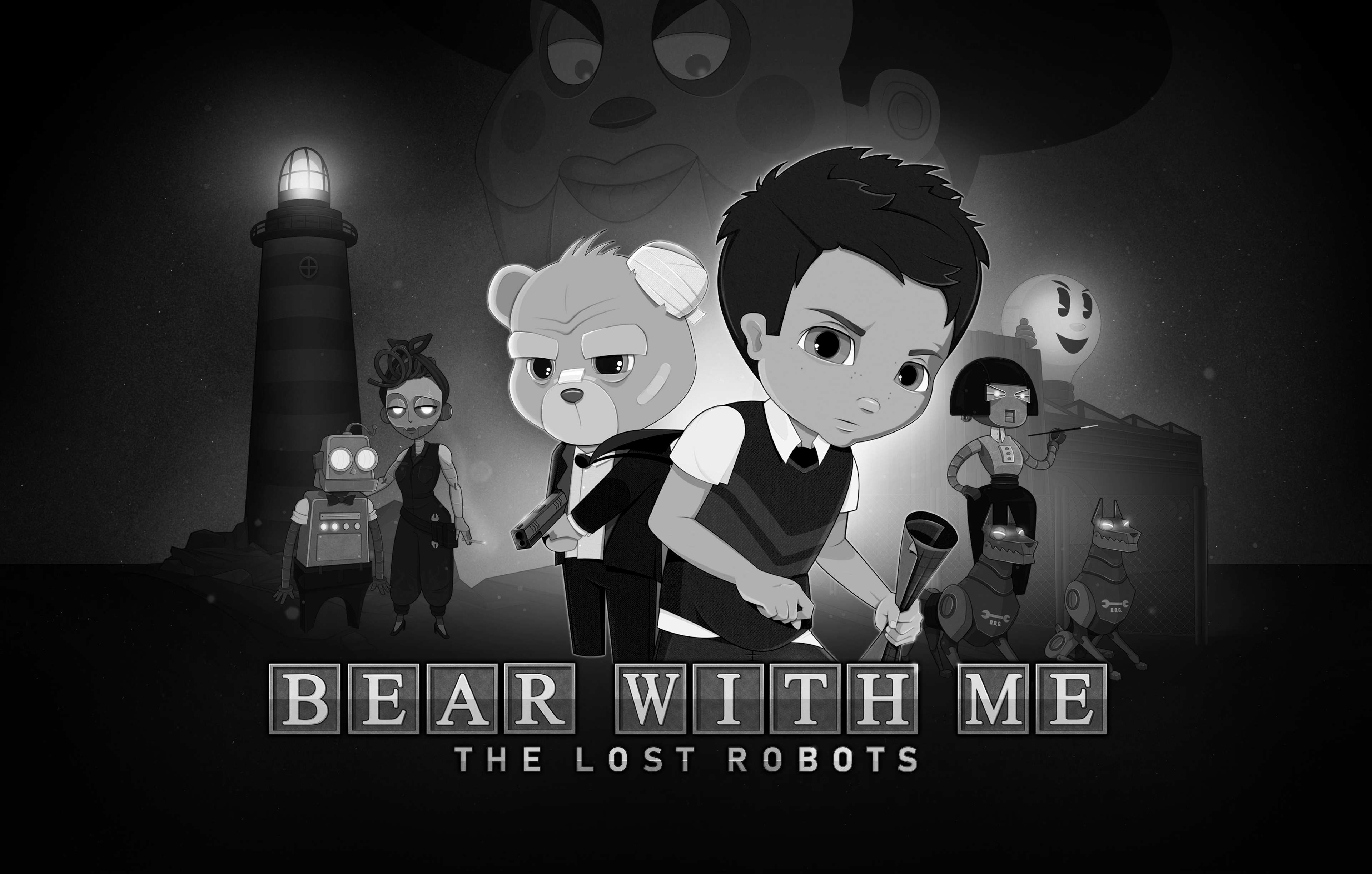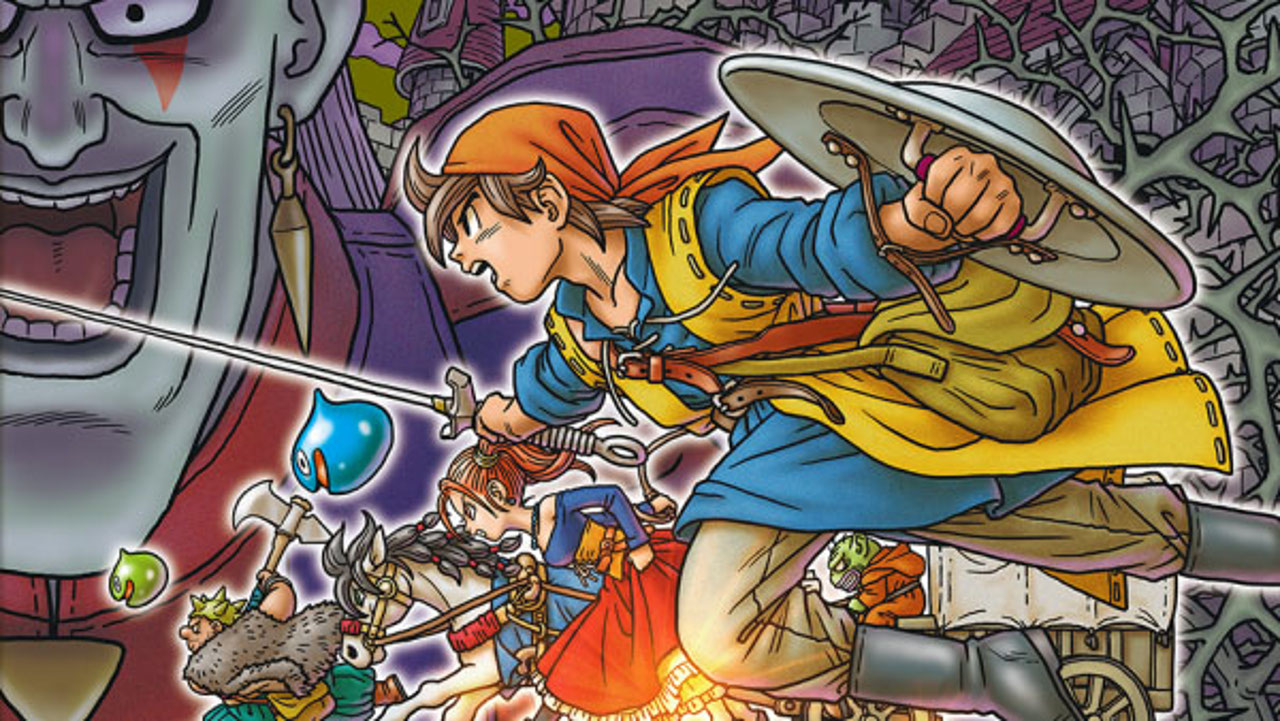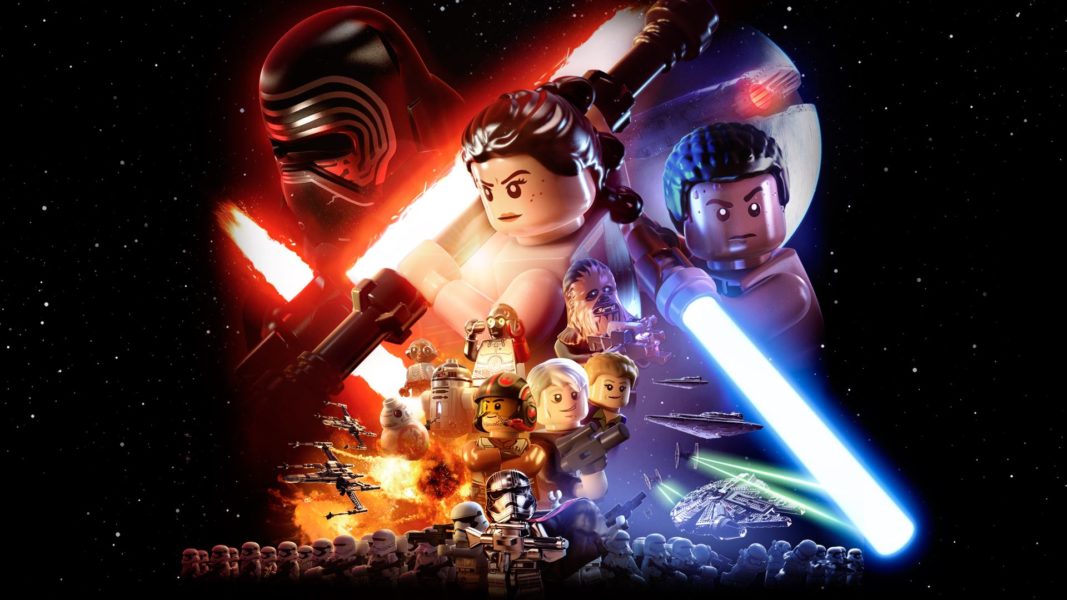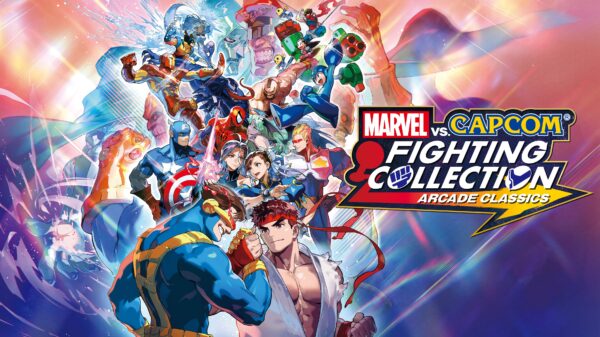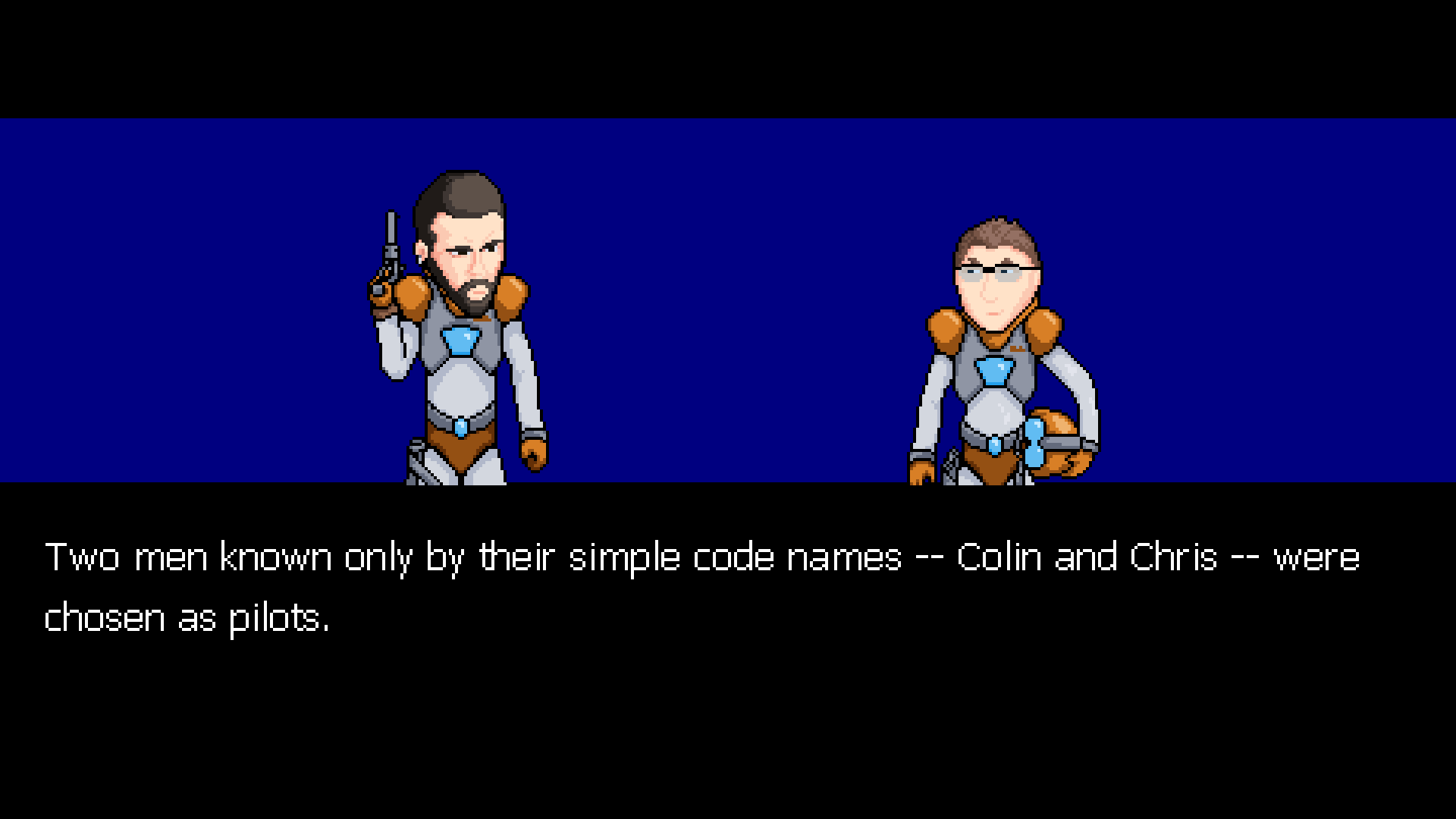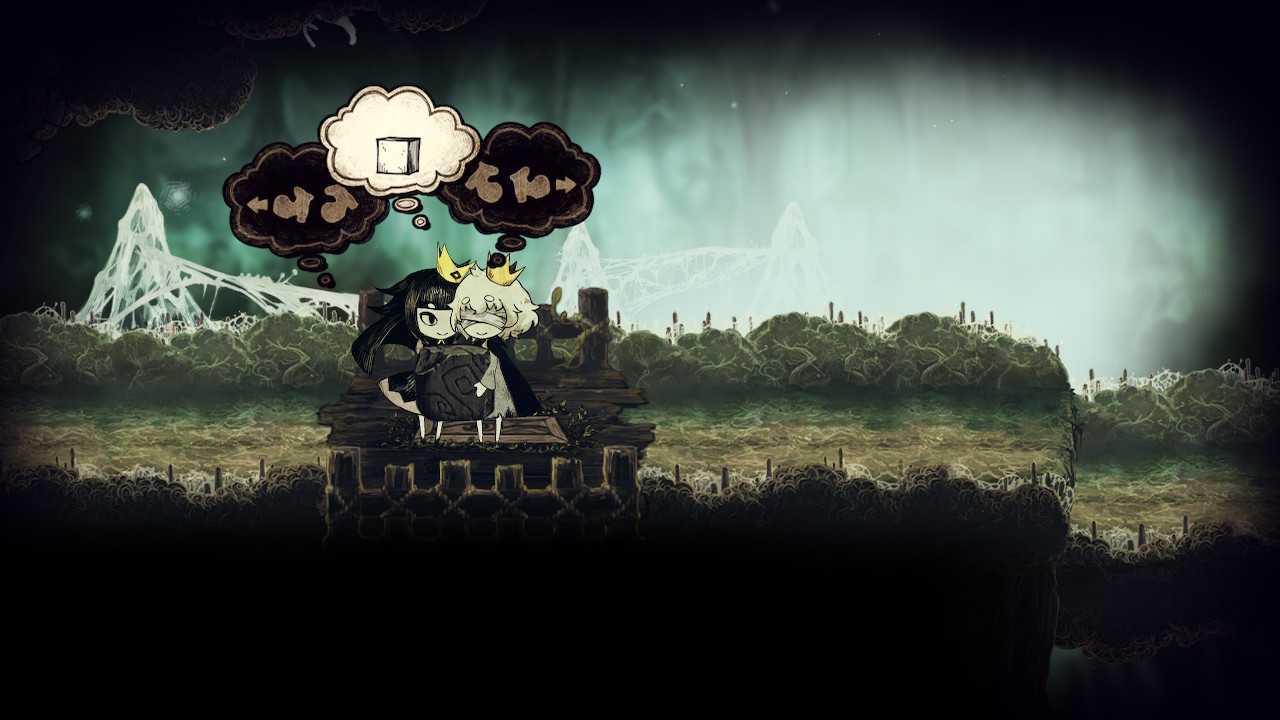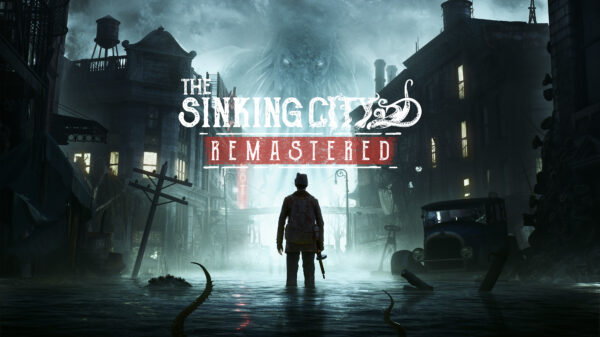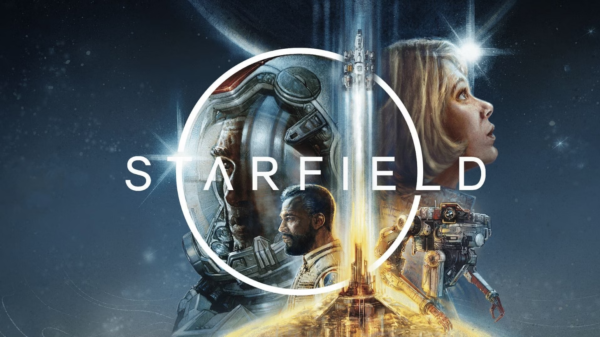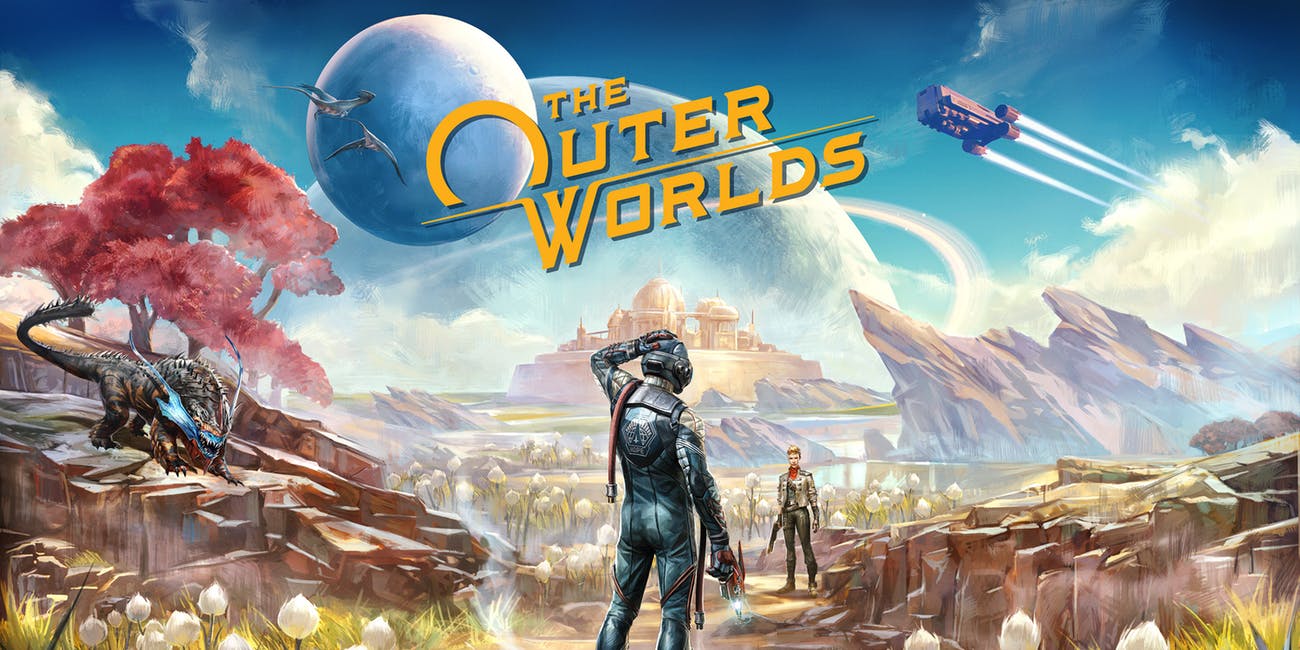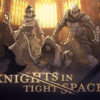As you crest the top of a hill, you see some eerie glowing ruins in the distance. You call to summon your hoverbike, but it’s stuck several hundred yards away from when you started climbing the mountain. The bike gets stuck on a wall, so you fast travel to the location you’re already at to bring the bike to you. You hop on to glide across the desert to your destination, but an invisible bump sends your bike careening dozens of feet into the sky. As you approach the ruins, you hop off your bike. The camera shoots wildly in a circle until you corral it into place. You approach the ruins to start climbing and the camera shoots into the sky once more. After ten minutes of slow, deliberate climbing, you reach the top of the ruins. Your reward is enough cash to buy half a bike engine and one third of a new mask. You’re playing Sable, but it’s getting hard to remember why.

Sable
Developer: Shedworks
Price: $24.99
Platform: PC/Mac, PlayStation 4, Xbox Series X/S
MonsterVine was supplied with PC code for review
Sable is a fascinating concept with a beautiful art style. Using open world exploration as a base and building on it with Breath of the Wild’s climbing mechanics, Sable eschews combat and failstates in the name of a wide open experience. This makes the game feel unique, attempting something brand new. The lack of health or enemies means the gameplay focus isn’t on overcoming challenges. It’s on connecting with the world and chasing down goals.
There’s very little story driving you forward, with the game intending self-direction to be its own reward. Sable takes place in an alien world where everyone wears masks. As clan members come of age, they set out on their Gliding. They explore the world and see what lies beyond their homes. They only return once they’ve claimed a mask that will inform what they do for the rest of their lives. Aiding them is a hoverbike that will carry them across the vast deserts that make up most of the world and a mystical stone that grants the ability to glide through the air as long as they desire. It’s a minimalist world tinged with both sci-fi and mysticism. The finer details are hidden away behind side quests and salvaged audio logs when they’re present at all.
This setup instantly hooks in the right kind of player, substituting stakes for what promises to be a personal, emotional experience. This is heightened by the stark art style, with bold lines and flat colors that change based on location and time of day. The music is largely atmospheric, punctuated by beautiful vocal tracks at a handful of important points in your journey. Trailers make the game look gorgeous, and to Sable’s credit, this concept remains a breath of fresh air.
Unfortunately, lofty ambition quickly meets a host of execution errors. Sable is a world littered with bugs, questionable design decisions, and a lack of interactivity. Worse, most of these issues work directly counter to the intended experience Sable lays in front of you, making them difficult (if not impossible) to overlook.

It starts with the visuals. While the art style is gorgeous, it’s wildly inconsistent. Characters and some environmental effects use this staggered, one-frame-per-second animation to add a unique flair to the look of the game. But this isn’t applied consistently. The environment (and the clothing on characters) don’t follow this effect, leaving you with choppy animations up against a fluid world. Cutscenes regularly ignore this style. The engine also has trouble keeping up. Textures on clothing become see-through, displaying the world behind the character instead. The camera shoots through the ground and through mountains constantly. Going underwater simply makes the water disappear. Clipping is common, making every cape in the game look like a bib as it gets stuck on the front of the character. All the beautiful design in the game is met with consistent peeks at the ugly underside of the game world.
But the visual issues are less damning than the gameplay issues. While advertised as a game with no enemies, there is in fact one omnipresent villain who will impede your progress throughout the game: the camera. The camera is generally content to stay in one place, letting the player reorient as needed. This seems like a fair, if hands-off approach to camera management. But the camera isn’t passive. It’s biding its time. Because in a handful of situations, the camera goes absolutely wild. Hopping off a bike often leads to a dizzying camera spin that you need to stop manually. Approaching any vertical surface shoots the camera up into the sky in a move that may have been intentional, but I desperately hope was not. Every time you start to get into a rhythm, the camera goes rogue and you find half of your focus on trying to wrangle it back. For a game with a heavy focus on stamina-based climbing, fighting the camera every single time you need to scale a wall is an exhausting chore.
But the camera isn’t the only place controls fall apart. The hoverbike, one of the primary focuses of the game and characterized as a sentient partner, is simply not fun to drive. On flat surfaces, it wobbles from side to side constantly as you watch the bike’s wings dip into the ground over and over. It doesn’t deal well with the geometry of that same flat ground though, as a stray pebble or even just an invisible bump in the road is enough to send the bike wildly off track. This often culminates in a 20 foot high cartwheel as your character calmly sits in the driver’s seat, maintaining full control despite the corkscrew acrobatics the second it hits the ground again.
But the bike is still necessary due to the large amounts of empty space between points of interest. Unfortunately, exploring these points often leads you to exit far from where you entered. While there’s a button to summon your bike, similar to many open world games, the bike doesn’t actually teleport. It must navigate back to you in real time, and usually, it cannot find a decent path to you. While I used this button every 10 minutes or so throughout over 10 hours of playtime, I can count on one hand the number of times I actually saw the bike return to me.
The rest of the gameplay issues are caused by a list of bugs too long for a normal review, but a short list of highlights can give you the gist:
- Control tutorials switch at random between keyboard and controller, despite never touching the keyboard during play
- Menu selection indicators do not reflect the part of the menu displayed
- Name plates in dialogue get “stuck” on characters, leading to a run where everyone in the game was named Chum Queen
- Erroneous floating speech indicators on top of hundreds of plants in the open world
- Game randomly changes your tracked quest, outfits, and mask without input from the player
- Tutorials about how to find your lost bike while riding your bike
Unfortunately, this only scratches the surface of the bugs I noted during my time with Sable. While a few patches could fix up a lot of these issues, they can’t fix the final nail in the coffin. The stories that make up the disconnected narrative simply don’t work.

Every bit of exposition in the game is delivered via unvoiced text, usually in the form of exposition punctuated by dialogue lines from everyone but your own character. This could lead to an interesting interconnected world, but for the most part, this dialogue doesn’t care about you. Dialogue lines generally don’t change to reflect your actions in the world, even if they should be relevant. Speaking to the same character more than once generally elicits the same lines, even if they were long-winded explanations, unless it’s a dialogue box that offers quest text.
When dialogue needs to change, this is usually handled by giving you a dialogue option (usually a question, don’t expect to roleplay in Sable) that disappears from the list once it’s no longer relevant. This was frustrating during one of the game’s most ambitious quests wherein your goal is to find out who cut power for the biggest town in the game. Unfortunately uncovering new details about the crime does not open new dialogue with any of the subset of citizens you can question. You can ask a handful of people the exact same 3 questions and potentially one bonus question, and that’s more or less all you get. It turns one of the most exciting opportunities in the game into a dull thud.
And that’s most of the game. You seek out approval from different groups, trying to get three badges of a certain type to get the corresponding mask. Usually you obtain these badges from fetch quests, directing you to explore one of the areas nearby. You climb and engage in rudimentary switch puzzles to get to the end of each area, return to the quest giver, get a badge, and repeat. As soon as you’ve gotten a single mask, you can go back home and finish the game. Collecting more gives you more options to choose from when you do return home. Ostensibly these masks determine Sable’s lifepath, but don’t expect this to be reflected anywhere in the game. After reloading my save and picking a different mask, the short ending didn’t significantly change.
Sable is a disappointment. It’s a high-minded concept, and at times the audiovisual package carries you to the game that was meant to be. When you get a few minutes without bugs, without camera issues, without your bike trying to return to its home planet, you can slide into that beautiful atmosphere. You can start to feel the pull as you wonder what’s over that mountain. You become entranced by what that flashing light in the distance is. At its best, the game promises to hook you and immerse you completely. But it doesn’t last. Before long, the camera will clip through the ground, or you’ll see some rogue UI element stuck on the screen, or your bike will do a triple lutz. The immersion will fade away, and you’ll realize you’re just sitting in a desert, desperate for something to connect to.
 The Final Word
The Final Word
Sable has good bones, and beautiful skin, but everything in between is broken and half formed. A few patches in, this game could easily become a cult classic. However, the issues in dialogue and quest design aren’t likely to be patched away. Hopefully we’ll see this concept tackled again, without all the bumps in the road launching it wildly off course.
– MonsterVine Rating: 2 out of 5 – Poor







